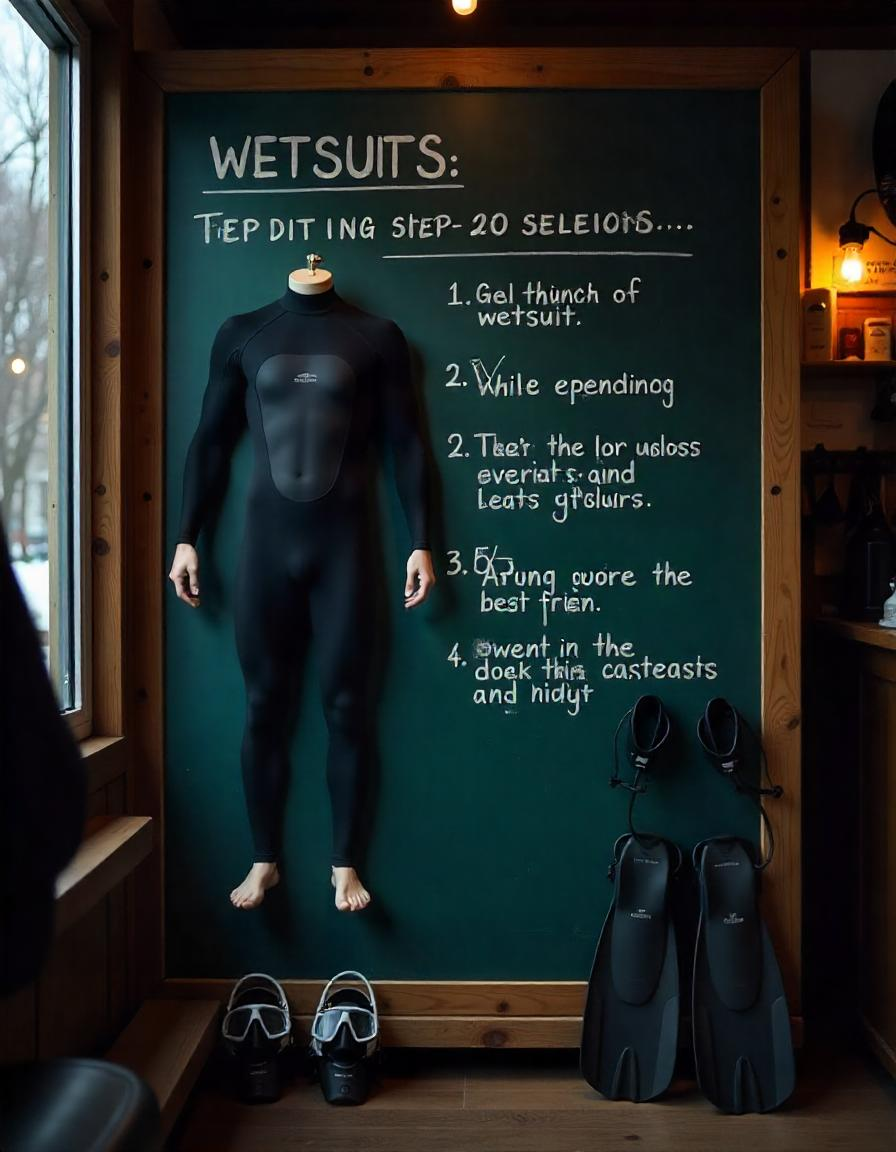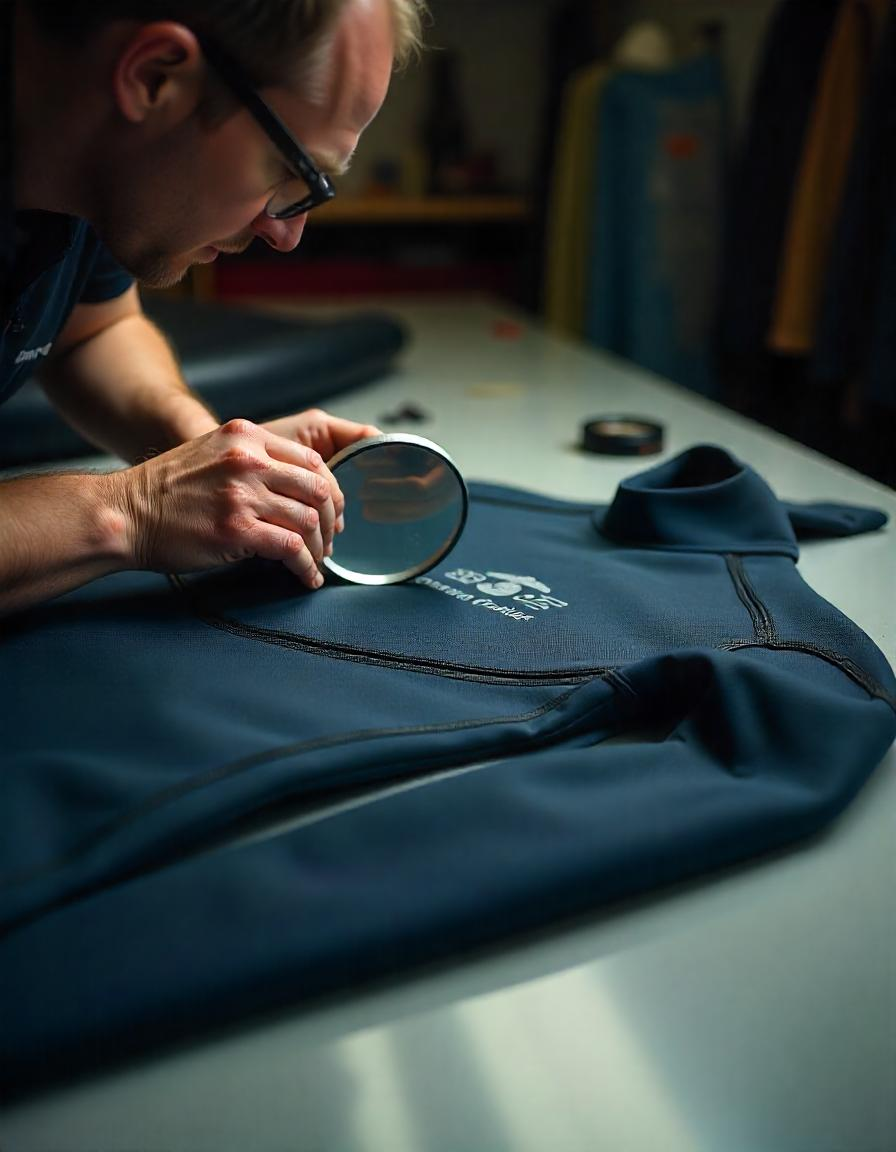Selecting the right wetsuit is essential for comfort, performance, and safety in cold water activities like surfing, diving, and swimming. With various materials, thicknesses, and styles to choose from, it can be overwhelming to find the perfect fit. This guide will walk you through the factors to consider when choosing a wetsuit that suits your specific needs.
1. Consider Water Temperature
The primary purpose of a wetsuit is to keep you warm in cold water. Different water temperatures require different wetsuit thicknesses. Here’s a breakdown of common wetsuit thicknesses and their ideal temperature ranges:
- 2mm-3mm: Ideal for warmer waters (around 60-70°F or 15-21°C). Great for summer surfing or swimming in moderate temperatures.
- 4mm-5mm: Best for cooler waters (around 50-60°F or 10-15°C). Suitable for spring and autumn conditions, providing more insulation.
- 6mm and above: Necessary for very cold waters (under 50°F or 10°C). A thicker wetsuit is essential for winter sports, diving, or wild swimming in freezing temperatures.
Ensure the wetsuit thickness matches the water temperatures you’ll be in to avoid discomfort and to maintain flexibility.
2. Fit and Comfort
A proper fit is one of the most important factors in choosing a wetsuit. If the suit is too tight, it can restrict movement and circulation, while an overly loose wetsuit allows water to flush in and out, reducing warmth. Here’s what to look for:
- Chest and Torso: The wetsuit should fit snugly around your chest and torso without restricting your breathing. There shouldn’t be any large gaps, as these allow cold water to enter and reduce insulation.
- Arms and Legs: Check that the wetsuit allows free movement in the arms and legs. It should feel like a second skin, offering flexibility but not so loose that water gets trapped.
- Neck, Cuffs, and Zipper: Ensure that the neck, wrist, and ankle seals are snug to prevent water from entering the suit. A smooth skin seal or velcro cuffs can provide a better fit for these areas. Pay attention to the zipper to ensure it functions smoothly and remains secure.
3. Material
Wetsuits are generally made of neoprene, a material that provides insulation and flexibility. However, not all neoprene is the same. When choosing a wetsuit, consider the following material factors:
- Standard Neoprene: Offers a good balance of warmth, flexibility, and durability at an affordable price. It’s a great choice for beginners or recreational users.
- Superstretch Neoprene: More flexible than standard neoprene, offering increased mobility and comfort. Perfect for surfers or divers who need maximum range of motion.
- Eco-friendly Neoprene: Some wetsuits are made with sustainable materials, like plant-based or recycled neoprene, which reduces environmental impact. If sustainability is important to you, look for brands that offer these eco-conscious alternatives.
4. Wetsuit Style
Wetsuits come in a variety of styles, and the best option for you depends on the type of water activity you do:
- Full Suit: Covers your entire body, providing maximum warmth and protection. Ideal for cold-water activities like surfing, diving, or wild swimming in frigid temperatures.
- Spring Suit: Short-sleeve and short-legged, this style is perfect for warmer waters or those who need a bit more flexibility. Great for summer surfing or warmer climates.
- Rash Guard or Skins: A lightweight, thinner layer of material, perfect for warm waters and providing protection from sunburn and minor scrapes, but not for cold water insulation.
Make sure to choose a wetsuit style that matches the level of protection you need.
5. Seam Construction
The way a wetsuit is stitched can impact both its durability and its ability to keep you warm. There are several types of seams:
- Flatlock Seams: These are stitched seams that are durable but allow some water to enter, making them suitable for warmer water activities where insulation is less critical.
- Glued and Blindstitched Seams: These seams minimize water leakage and are often used in colder water wetsuits. They are designed to provide a higher level of insulation.
- Taped Seams: For extreme cold-water suits, taped seams are applied over the stitching, ensuring maximum water resistance and insulation.
Choose a wetsuit with the appropriate seam construction for the water temperatures and conditions you plan to experience.
6. Flexibility vs. Warmth
While thickness and material are important for warmth, flexibility is essential for comfort and performance. The balance between flexibility and warmth will depend on your activity and the water temperature. For example:
- Surfing: If you need flexibility for quick movements and paddling, you may want a wetsuit that uses super-stretch neoprene for increased flexibility, even if it sacrifices some warmth.
- Diving or Swimming: A thicker suit may be more suitable for longer durations in cold water, even if it slightly reduces flexibility. Prioritize warmth if you’re staying in the water for extended periods.
7. Budget Considerations
Wetsuits vary widely in price, and the best one for you will depend on your budget and how often you plan to use it. Higher-end wetsuits are made from more advanced materials, offering improved flexibility, durability, and insulation, but they come at a higher cost. If you’re a beginner or only use your wetsuit occasionally, you may not need to invest in top-tier gear. For regular surfers or divers, investing in a higher-quality wetsuit could be worth it for long-term comfort and performance.
8. Brand Reputation
Choosing a reputable wetsuit brand can ensure that you get a quality product. Well-known brands like O’Neill, Rip Curl, and Xcel have a track record of producing durable, well-made wetsuits. These brands also offer a variety of fits and features to suit different needs.
Before purchasing, consider reading reviews and checking if the brand offers a warranty or satisfaction guarantee, as this can give you confidence in the quality of the suit.
Conclusion
Finding the right wetsuit is essential for staying comfortable, warm, and protected during water sports. Consider factors such as water temperature, fit, material, style, and flexibility when making your choice. Whether you’re a surfer, diver, or swimmer, the right wetsuit will enhance your experience and keep you performing at your best. With the right knowledge and careful consideration, you’ll be able to choose a wetsuit that suits your needs and keeps you comfortable in the water for years to come.





